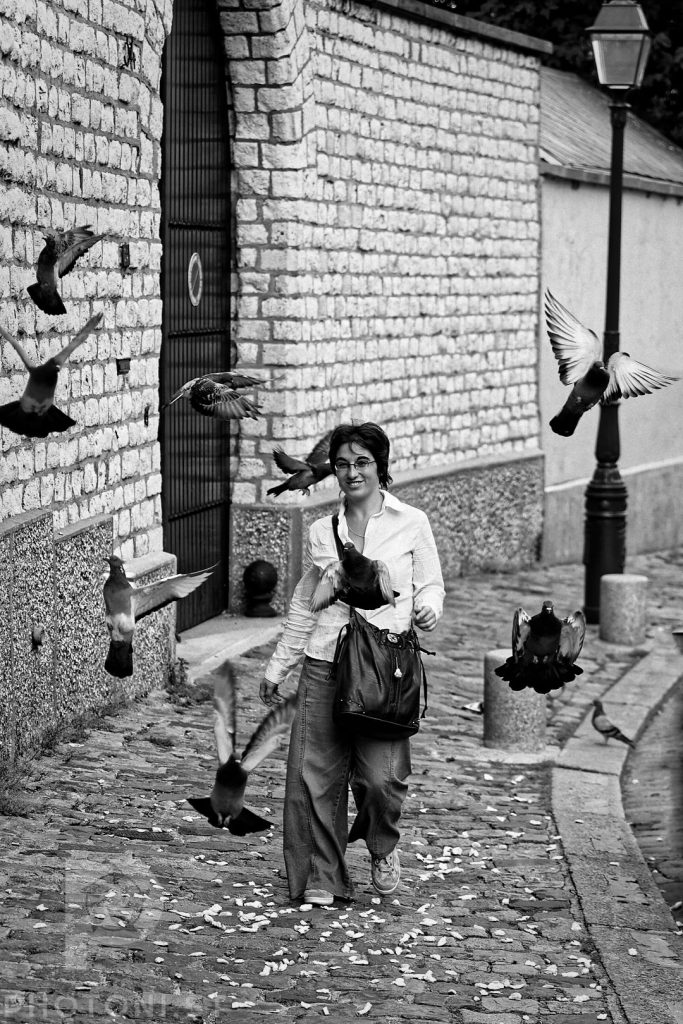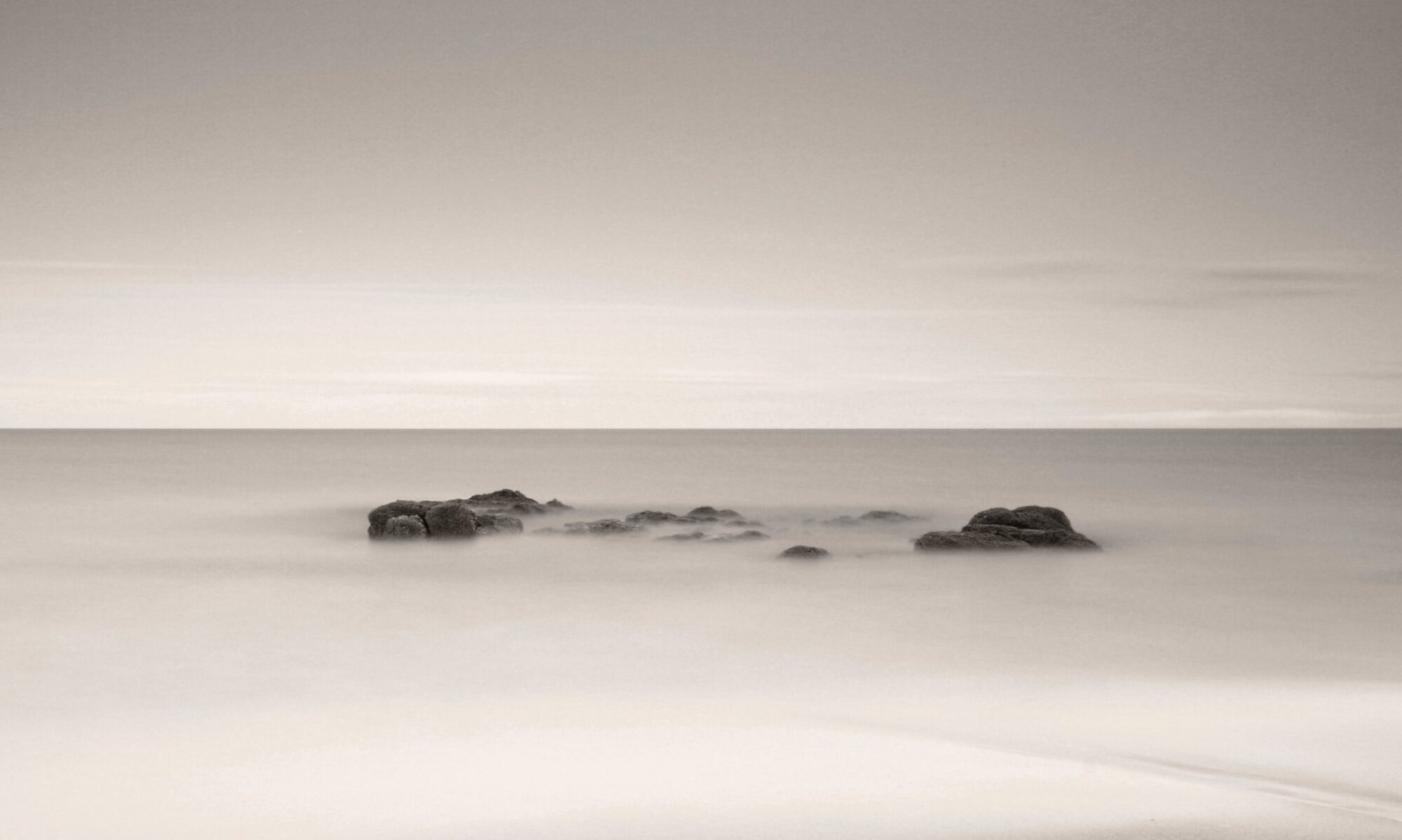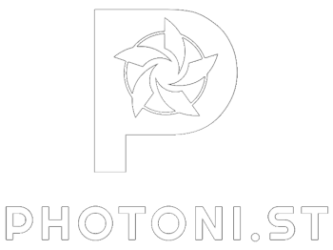Sometimes people call me pedantic because I insist on defining things precisely. I don’t do it for pleasure. I do it because it’s important and it helps understand things.

Case in point: I see hundreds of videos on youtube about what lens is the best for street photography. It’s a silly discussion and it traps mostly people who don’t know where they’re going and are looking for a shortcut to learning. But what’s important is that they don’t define what they mean by “street photography” first.
When you think about it, there are many activities or styles that fall under the umbrella of “street photography”:
- Street landscapes: this is more of what I do. Street landscapes capture urban settings, with or without people, but without putting the accent on the existence of people. The techniques that apply to that category aren’t different from the landscape photography ones.
- Street portraits: this is what most of youtube’s street photography is. Close ups of people taken in the street, usually in a pretend spontaneous scenario. These photos could have been taken in the studio; they just happen to have been taken in the street.
- Street human activity: this groups photos that concentrate of what people do in the streets. Humans are the subjects, but their activity is the point of the images. You need context (unlike portraits) but you need to clearly see what the humans do (unlike landscapes).
- Street documentary: think of this category as what photojournalists do. They cover events that happen in the street. Humans and what they do are important, but the point is the event that sets everything in motion.
- Street art: I put in this category the more artsy endeavours that concentrate on colours, shapes, textures. Streets aren’t always recognisable; people are rarely the point. Sensations and feelings are what matters.
There are probably other categories that could be defined, but these are the main ones I consider.
Each of those categories requires a completely specific approach and therefore requires specific gear and technique. For example, for street landscapes, you want a wide angle lens as you’d use to capture nature landscapes. I tend to use a 17-40mm for that and usually at the wide end. You want to capture everything in focus and include everything that is relevant to the scene. f/16 and be there. You want to build your images like landscapes (foreground interest, leading lines, etc).
For street portraits, you want a long lens to isolate the subject. A 50 or 80mm lens would be what you’d aim for. Maybe even 105mm. A lens that long would be useless to capture the street itself, but that’s not the point of that style. The street is in the background, often blurry and barely visible. You want to spend time of pose, joint angles (if it bends, bend it), and faithful colours.
For street human activity, you’d want to include context, but have the human subjects large enough to be seen and understood. A 35mm, maybe even a 50mm, would be your best bet. You might need to be close to your subject but you don’t want to be too close and start interfering what what you’re photographing. You need to make sure enough of the context is included to explain what the subject does, but not too much to become distracting.
For documentary, you want flexibility because you don’t know in advance what the events will throw at you. A wide range zoom would be the best. 24-70mm maybe. Even 28-200mm at a push. But fast because in some cases the action will happen quickly. Your images must convey the event, your interpretation of it (let’s not pretend that documentary is objective).
For street art, anything can be used depending on your interest. From long lens all the way to macro.
And these are just general directions. You might want to go a different way. A lot depends on your judgement, your goals, and what you’re comfortable with.
So when I see those videos, I think: people, don’t be fooled, these are click bait. They won’t tell you anything useful, apart from the taste/fetish of the author for a specific focal length, disguised as advice. If you don’t hear a discussion of what street photography is in the first minute, move on to another video.
There is no shortcut. Today, people just don’t want to spend time learning themselves. They want to be told what the answers are so that they can apply ready-made recipes and look good with the minimum of effort. But a very large part of photography is experimentation until you find what works for you, what makes you feel good, and what interests you. Nobody can do that for you: you have to spend the time.
And the first step is to properly define what your aim and style are. Because if you don’t, you end up miscommunicating what you’re doing. For example, if your goal is street landscapes, someone expecting street documentary will be disappointed: these photos would be seriously boring to them because they have no human documentary value. Conversely, if your goal is to create documentary series, showing them to someone who’s expecting portraits wouldn’t work: these would be tedious and not very refined shots to that viewer.
It’s not pedantic. It’s simply communication.
#Photography #Opinion #Theory #PhotographyTheory

